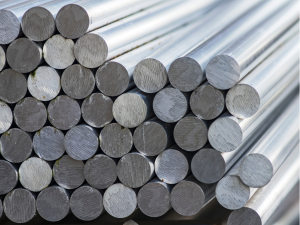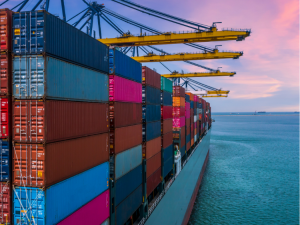
AMU Explainer: Backwardation versus contango and why it matters
AMU Explainer is a series where we demystify parts of the aluminum industry.

AMU Explainer is a series where we demystify parts of the aluminum industry.

For a third week in a row, there was intense volatility in the US equity markets that spilled over into metals, bitcoin, and energy. Bitcoin is now trading at a seven-month low while some of the other cryptocurrencies have rolled back pretty much their entire yearly advance in just the last three weeks. A stronger dollar – now at a six-month high – contributed to the general selling.

Imports through the 10 largest U.S. ports fell 6.6% year over year in September. This is the beginning of a trend that container freight experts say will persist into 2026.

Rising auto delinquencies amid stretched loan terms may be early warning signs that household finances and retail spending are reaching their breaking point.

Freight data - especially truck movements - remains flat year over year, underscoring its role as a leading indicator of commodity demand and an early signal for aluminum's dependence on final-mile delivery.

Join AMU experts Greg Wittbecker and Nicholas Bell on Thursday, September 25 at 11 a.m. ET

Upcoming USTR port fees targeting Chinese-built vessels are set to upend transpacific shipping costs, squeeze capacity, and ripple through U.S. supply chains as early as 2026.

Container freight rates keep sliding for a tenth straight week, with looming U.S. tariffs on Chinese vessels and rerouted Gulf shipments reshaping global trade costs.

Average bookings for the seven days ended on May 14th skyrocketed, which could cause bottlenecks, as containers getting stripped and shipped from the Los Angeles/Long Beach ports